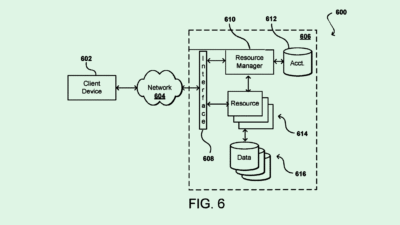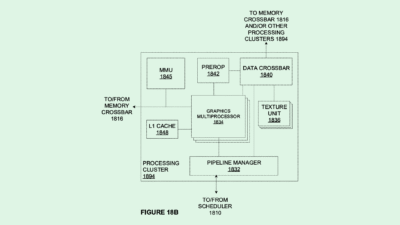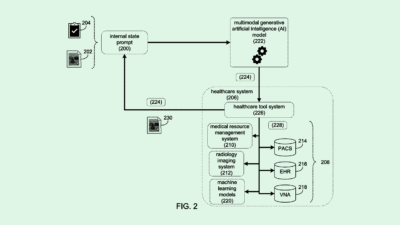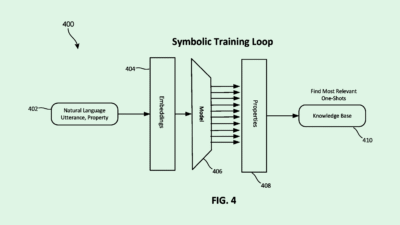Struggling to Navigate Thorny AI Contracts? Question Everything
Why getting in the weeds on wording and definitions could save your enterprise in the long run.

Sign up to get cutting-edge insights and deep dives into innovation and technology trends impacting CIOs and IT leaders.
No one wants to read the terms and conditions. But as AI changes the tech landscape, it’s also changing the way enterprises navigate contracts.
The ever-changing nature of AI has made negotiating contracts with model vendors a tricky business. The key to getting it right may be tapping into “your inner 2-year old,” said Phil Bode, research director in the vendor management practice at Info-Tech Research Group. In short, ask more questions.
Though several pieces of these contracts are similar to those of conventional software, “AI means a lot of things,” said Bode. “Whatever AI contract you’re looking at is going to be full of nuances regarding that particular AI solution – not just a broad, plug and play, one-size-fits-all approach.”
The pressure to adopt AI quickly has made it more difficult to be shrewd with such contracts. And because laws and regulations haven’t kept up, enterprises often don’t know how to protect themselves, said Bode. “What you knew was reality last week has either been clarified or it’s no longer reality,” he said.
Getting in the Weeds
Covering yourself, Bode said, is all about asking more questions:
- Start with looking inward: First, question why your enterprise needs to work with an AI vendor in the first place, how you plan to use the AI model, who will use it and what you hope to get from it.
- Then, question the vendors themselves. With AI vendors, it’s particularly important to ask about data, such as how their models were trained, whether they have access to your data and how quality of outputs is monitored over time. “Due diligence is not one and done,” Bode said. “Especially with AI vendors, things will change.”
- It’s also vital to question usage and ownership, he said. Ask whether there are restrictions to how a model can be used, and whether your enterprise has exclusive license to use the model’s outputs for whatever you please.
One of the most important pieces of the puzzle is definitions, said Bode. Because AI is constantly evolving, the meanings of terms associated with it are changing, too. Users should ask how their vendor defines things like inputs, outputs, training data or fine-tuning data.
“I would recommend proceeding slowly,” said Bode. “With the introduction of new definitions and other implications, definitions keep taking on greater and greater meaning as we evolve from software to software-as-a-service to AI solutions. Those definitions keep growing and growing in importance, and the implications and risks keep growing too.”











